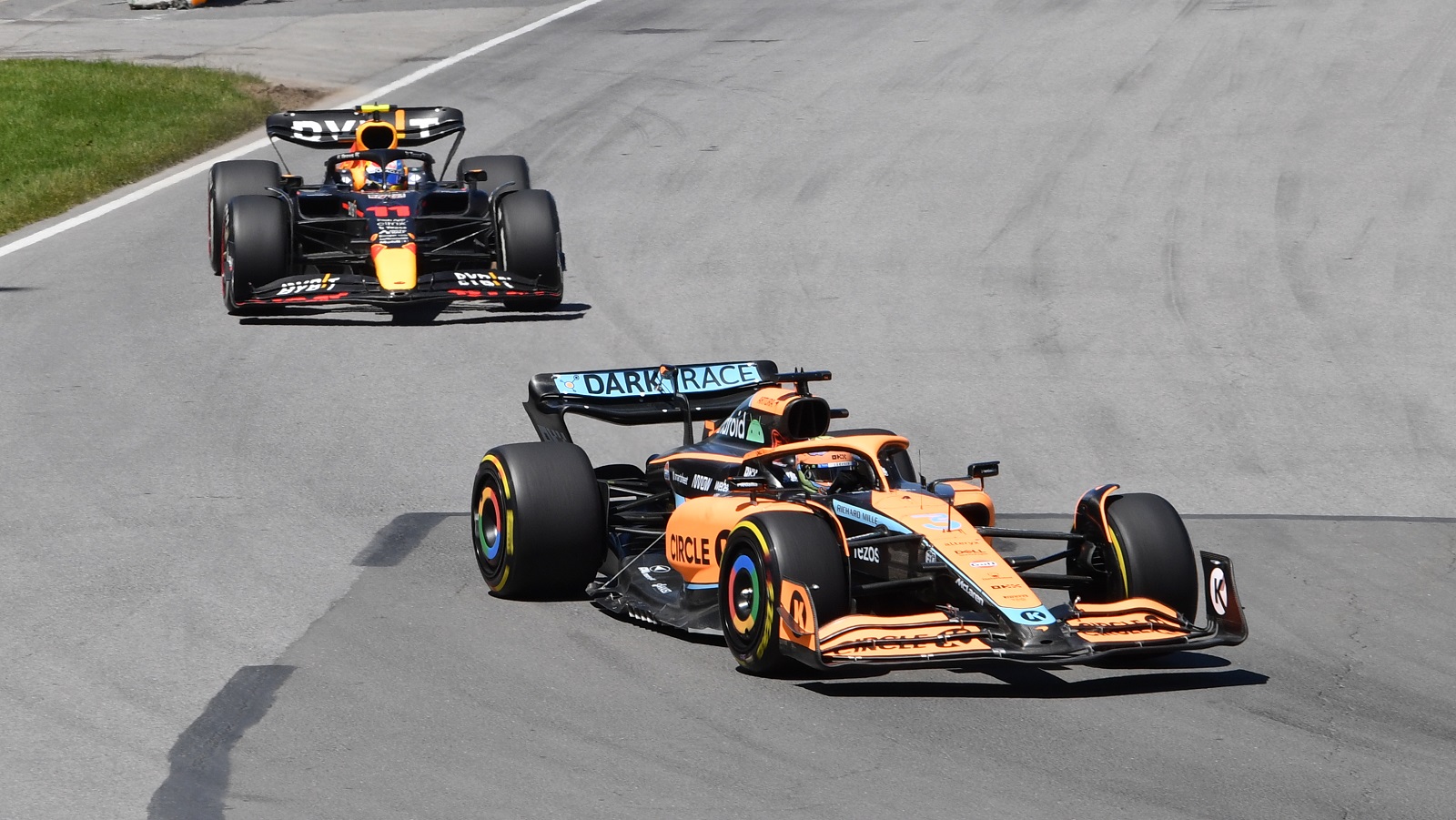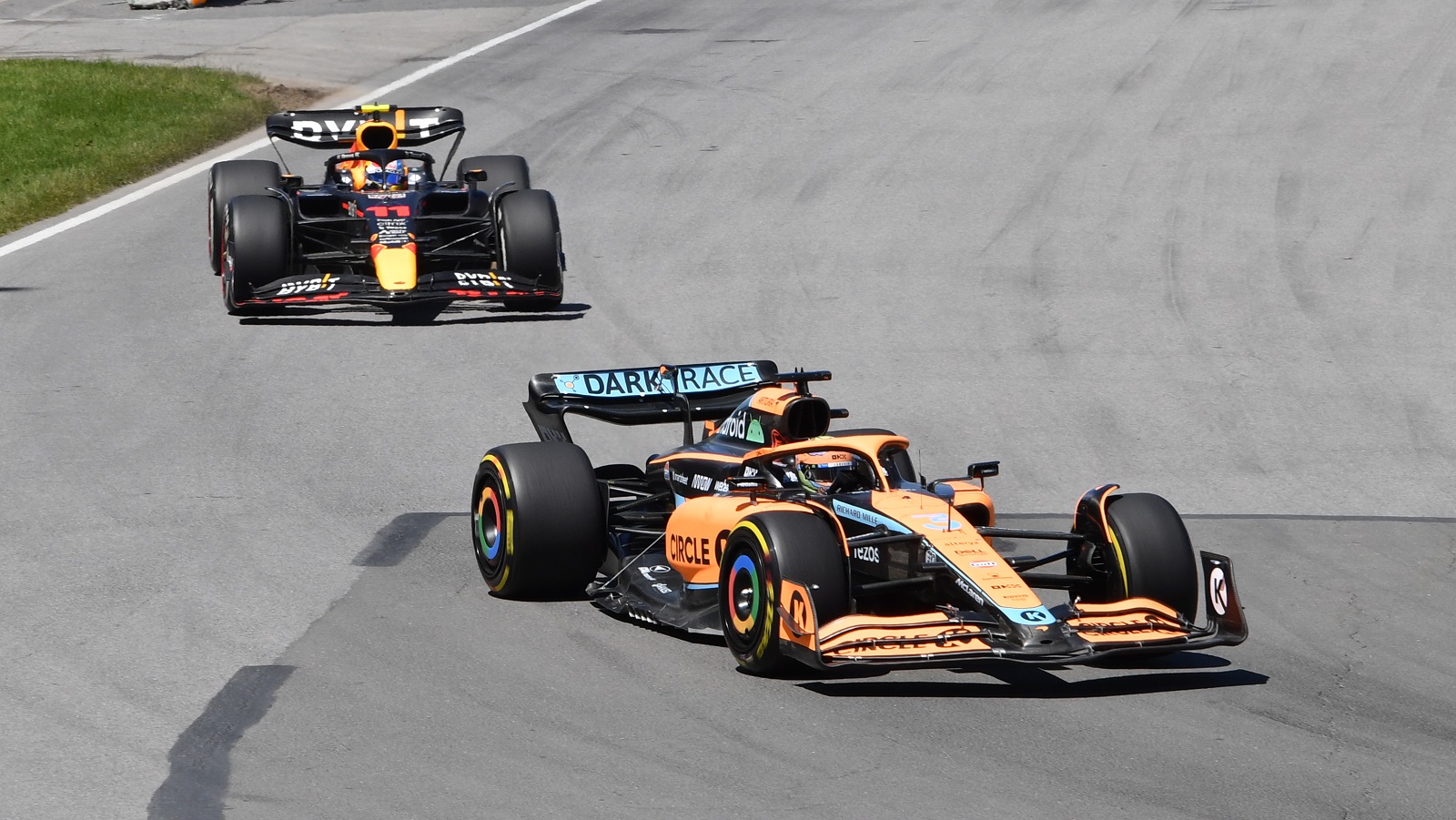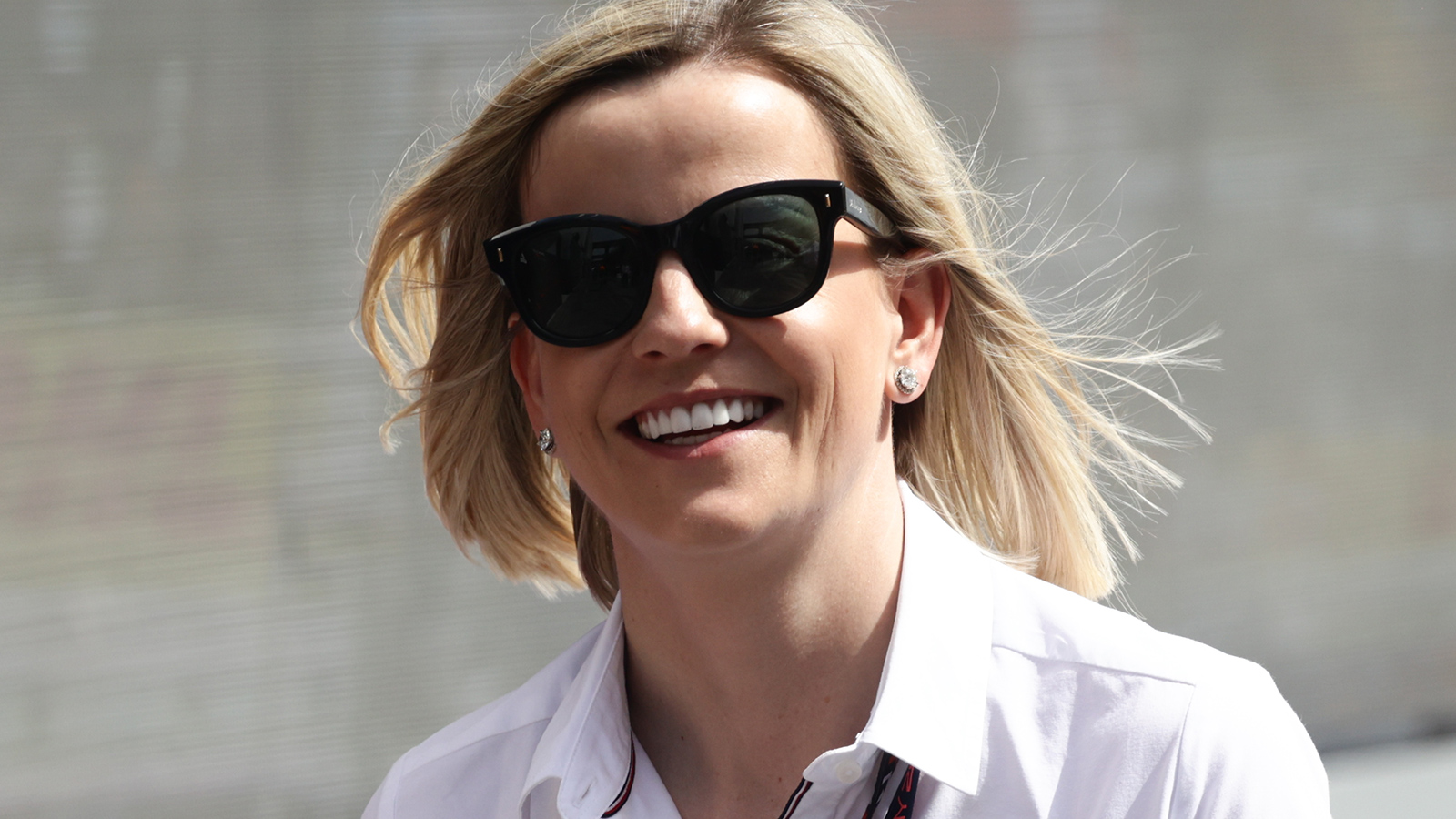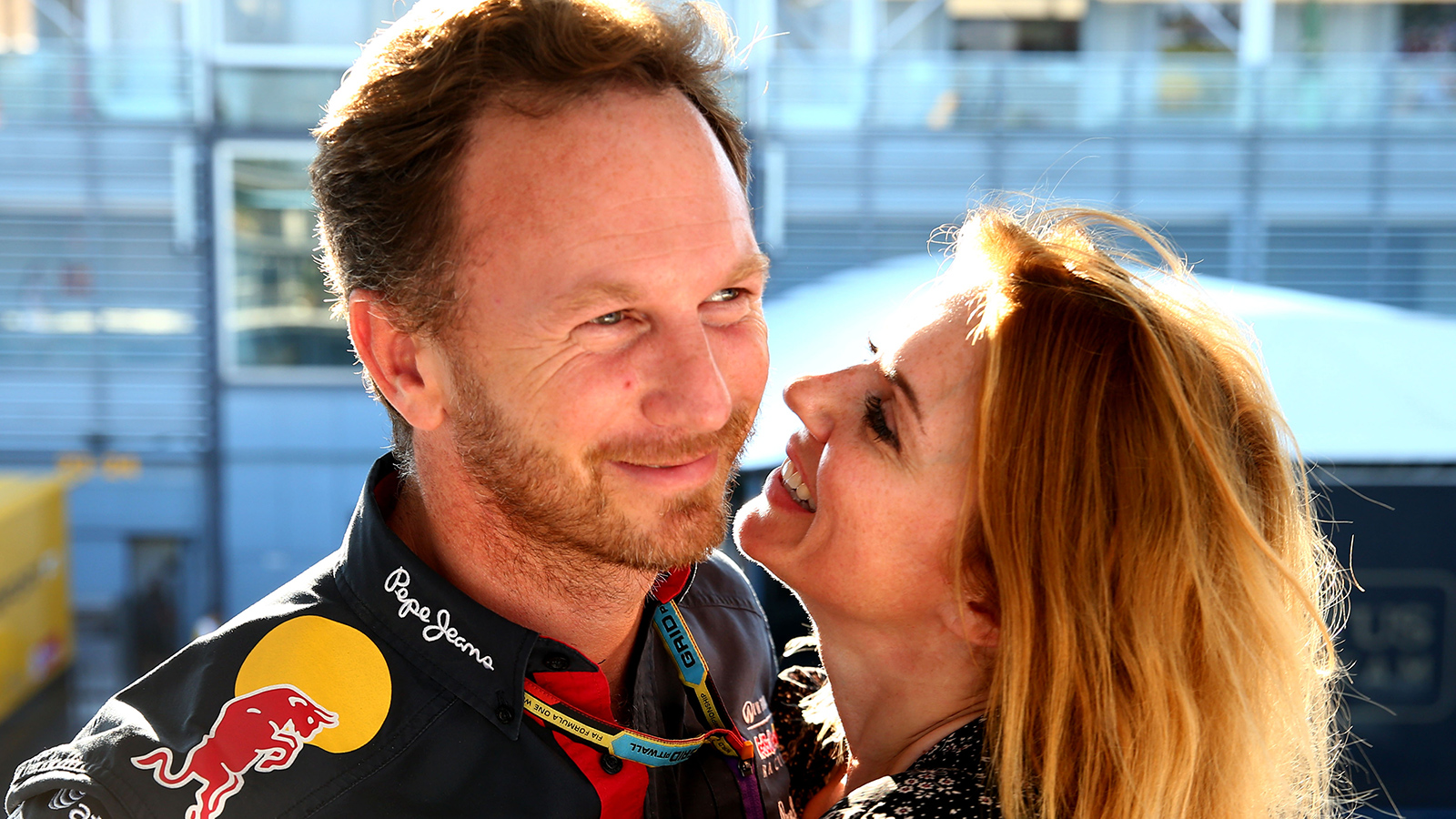
Formula 1 Teams Took the Week off and Still Won Big Thanks to ESPN
On paper, Formula 1 racing fans across the country got the status quo they were hoping for, but that doesn’t mean that the price of watching Max Verstappen and Charles Leclerc on ESPN on Sunday mornings isn’t going up.
Sports Business Journal reported on Friday that the network has won out over two competitors to continue showing the world’s most glamorous motorsports series. However, it comes at a cost, and some of that expense is likely to trickle down to the fans.
ESPN will keep the U.S. Formula 1 contract through 2025

While NBCUniversal and Amazon appear to have made serious runs at prying the Formula 1 TV rights away, Disney will retain possession through 2025. Sports Business Journal reported the contract has not been signed but that F1 has told the other bidders they are out of the running.
SBJ’s sources pegged the cost at $75 million to $90 million per year, which is quite a bump from the estimated $5 million ESPN has been paying the past three seasons. That’s a function of the soaring popularity of the sport in the United States, and much of the money will flow to the 10 teams.
The Max Verstappen-Lewis Hamilton duel last year and Netflix’s Formula 1: Drive to Survive have made the sport must-see viewing, even for West Coast fans awakening at 5 a.m. for races from Europe and the Middle East.
Further boosting interest, races generally fit into a tidy two-hour window, and ESPN doesn’t interrupt the live action with commercials.
ESPN could pass some of the cost along to viewers
There’s a prestige factor behind ESPN’s desire to keep the Formula 1 package. But prestige doesn’t pay the bills, and parent company Disney has been cost-conscious since the start of the pandemic, which crushed revenue streams from its amusement parks and theatrical movies. Laying out at least $200 million more over the next three years wouldn’t have been a decision made lightly.
A source told Sportscasting.com in the spring that ESPN had no intention of interrupting broadcasts with commercials if it retained the F1 contract. There’s no reason to believe that has changed, but Disney has some alternative revenue streams that will help defray the costs.
First, Las Vegas becomes the third U.S. race beginning next season and reportedly will air in primetime. Continuing the trend of putting the U.S. races and others in the Western Hemisphere on ABC will attract larger audiences, including for prerace shows that the network can produce and reap additional advertising money.
Secondly, SBJ reported that the new deal could see the network move some races to ESPN+, a streaming service costing subscribers $6.99 a month. If ESPN spreads those races out over the long season, customers might stay all year. Recruiting 150,000 new customers translates into more than $12.5 million, minus any discounts.
For what it’s worth, a similar streaming scenario could come to NASCAR in 2025 with the next round of TV contracts.
Like Sportscasting on Facebook. Follow us on Twitter @sportscasting19 and subscribe to our YouTube channel.



